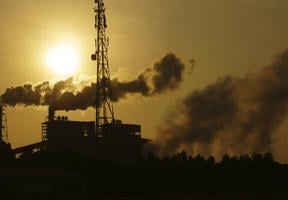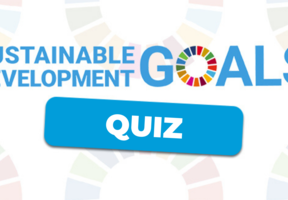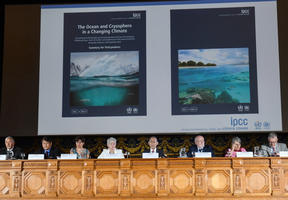Carbon Neutrality
5 min read
A growing number of countries, companies, institutions and associations are committing to moving towards carbon neutrality by 2050. It's the only way to contain . So what exactly is it all about?

© freepik
Why carbon neutrality?
The accumulation of carbon dioxide (CO2), methane (CH4) and other gases in the Earth's atmosphere is creating a and therefore an increase in the average temperature of our planet.
This accumulation has accelerated since the start of the industrial revolution, with the massive use of fossil fuels ( , oil, gas), the development of agriculture and livestock farming, the expansion of transport and the improvement of housing. While these human activities have considerably improved the condition of the planet's inhabitants, they have also contributed to a 1.1°C rise in global surface temperature compared with the 19th century.
Today, emissions are continuing to rise, the concentration of gases is increasing, and the greenhouse effect is worsening. Limiting the increase to +1.5°C by the end of the century is essential if we are to avoid catastrophic effects on the planet (rising sea levels, heatwaves, water shortages and extreme climatic phenomena that would push people to massive migrations).
To achieve this, we need to stop the accumulation of greenhouse gases (GHGs) in the atmosphere and ensure that the emissions caused by human activities are offset by man-made removals from the atmosphere. In other words, a neutral balance, known as carbon neutrality.
What does this mean in concrete terms?
Over the years, the experts of the IPCC (Intergovernmental Panel on ) have refined this concept. Since 2018, the IPCC has been talking about . This is a situation in which residual GHG emissions of human origin are offset by anthropogenic removals, i.e. the extraction of atmospheric GHGs by deliberate human activities over a given period.
Let's analyze this definition:
- Anthropogenic removals cover both actions to strengthen natural carbon sinks - for example reforestation or halting the artificialization of land - and the various processes used to capture and store CO2.
- These must be deliberate activities, aimed at specific objectives, and not just vague compensation where we finance the planting of a few trees somewhere in the world to justify our own emissions.
- These eliminations counterbalance residual emissions, i.e. as close to zero as possible. In other words, we must not continue to emit while telling ourselves that one day we will be able to eliminate them! The gradual phasing out of fossil fuels, the electrification of vehicles and new industrial processes should make it possible to drastically reduce emissions, so that only what is unavoidable remains. This drive towards zero must begin immediately.
We are not yet on the right track
Efforts towards carbon neutrality have been underway since the 2015 Paris agreement. Countries have committed to national contributions that can be reviewed every five years. Large companies, regions, cities, and citizens themselves are being called on to join the movement.
But the world is not yet on the right track, with emissions continuing to rise. To reach zero by 2050, net anthropogenic CO2 emissions must fall by 45% by 2030 compared to their 2010 level.
Since the IPCC's special report in 2018, many institutions have mapped out "pathways" towards net zero emission:
- International Energy Agency: Net zero by 2050
- European Climate Foundation: Zero emissions pathways to the Europe we want
- France low-carbon strategy





















